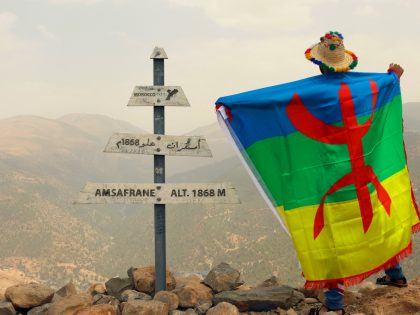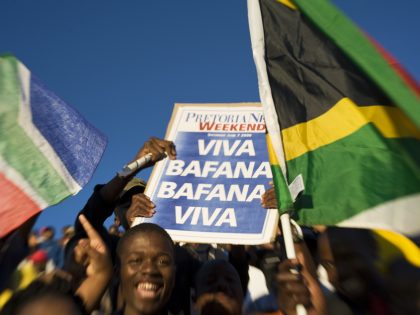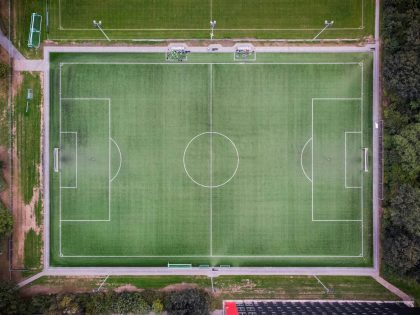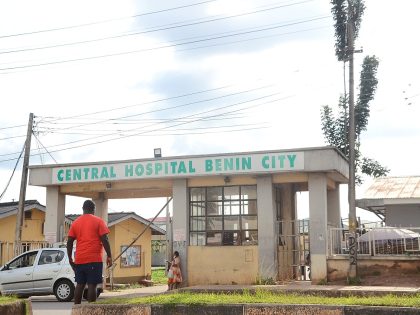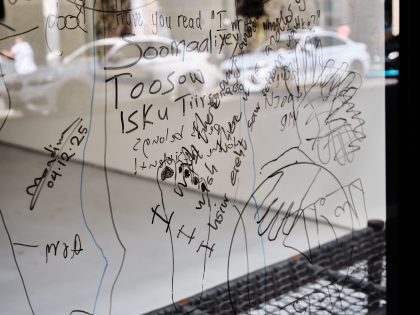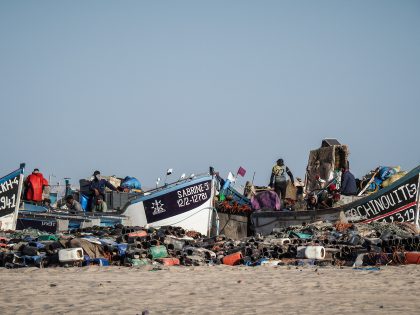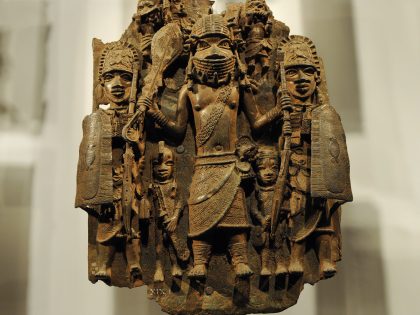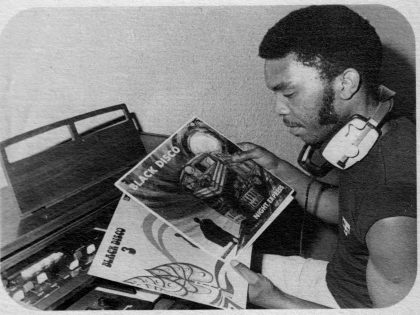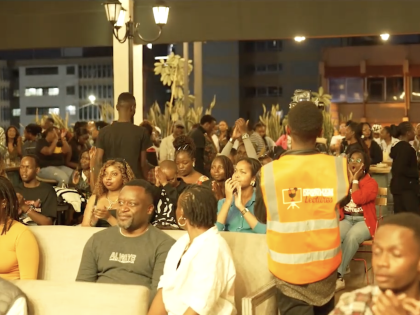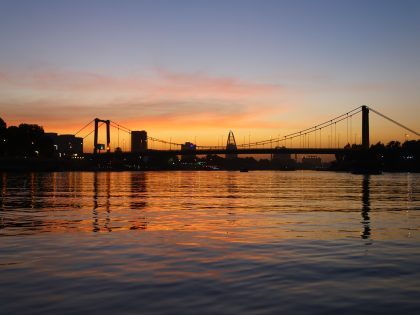How much has really changed on South Africa’s wine farms?
Workers in the Western Cape's wine district describe a place where bosses engage in a reign of force and aggression, and where workers are “afraid to die too soon.”

The ordered, idyllic landscape hides widespread violence against workers (Photo: Wiki Commons)
Sixty five years ago, Margaret Bourke-White traveled to South Africa, and spent some time in what are today known as the Worcester winelands, in the Western Cape. According to South African Tourism, still today “the largest wine growing area in South Africa, stretch from the Hex River Valley in the north to Villiersdorp in the south. Here there are great value wines and spectacular drives over passes connecting the Worcester wine estates.” Bourke-White, traveling through that region in 1949 and 1950, described something else: white farmers that were brutal and vicious to workers. A “tot,’ or “dop” system forced child laborers, and their parents, to drink fortified morning, noon, and night. “Not only does this save the winegrower money but it habituates the youngest vineyard workers to a dependence on alcohol,” wrote Bourke-White. Like in the image above: “In a cornfield on the Ryssel farm, a boy drinks his mid-day wine ration from a gourd given to him by the farmer’s daughter.” In the end, Bourke-White concluded, “I couldn’t see much difference in being a laborer living in jail, or a laborer living in a compound (as miners, farmhands, and most other types of native contract labor do). The life of the prisoner is a blueprint of the life of a free contract worker.”
The Ryssel vineyard, where Bourke-White photographed, may be gone, but not the workers.
As everyone knows, South Africa `went to the polls’ on 7 May. One of those who went was 18-year-old Nicholas Tlatane, a `born-free’ who currently studies at the University of the Western Cape. Another was 81-year-old Hlengiwe Hlutyana, former farmworker and shackdweller. Mirror images of one another? At any rate, the young man and the elder woman both voted with hundreds of others at the polling station in De Doorns, opposite the informal settlement of Stofland.
Remember De Doorns, pulsating heart of the 2012 – 2013 farmworkers’ strike?
A new, 15-minute documentary, “Land of Dust,” focuses on the life in the day of a farming community. In Afrikaans, Stofland means land of dust. While the film has some off-moments, opting occasionally for pathos over agency, it’s still worth watching. It will remind you, if you need reminding, that the situation in the winelands is still dire. It’s not abject but dire poverty and aggressive poverty against the gorgeous landscape of the Hex River Valley.
In the two years since the strike, what’s happened? On one hand, formally, salaries have risen from 69 rand to 105 rand, but many farmers pay less. Stofland has grown in the two-year period. The labor market on the farms is as gender segregated as ever. Men leave at 5 am in the morning to work the fields; women leave at 6 am to work in the processing plants. Those women who don’t work in the fields work, like Zimbabwean Petronella Rwizi, establish childcare centers to take care of children.
Women like Hanelie Botwe, who grew in De Doorns in a family of farm workers, leave, go off to varsity, and return, in her case to run the local school, where she is principal. Botwe’s mission is to educate children so that they will not work in the fields and will move beyond a life marked by crime, drugs, and increasing number of squatters. To do that, she must educate the parents as well. When asked, “That’s your hope, but in reality, what are the odds?” Hanelie Botwe smiles and replies, “Reality doesn’t happen.”
Reality doesn’t happen. People, structures and forces make reality. It doesn’t happen.
In terms of conditions, De Doorns doesn’t surprise. Its children are hard hit by lack of food and hygiene. Its adults are hard hit by HIV, TB, and unemployment. Though it’s twenty years on, the legacy of the Dop system persists in high levels of alcohol abuse.
Workers describe the worksite as a place where bosses engage in a reign of not so much terror as force and aggression, and where workers, like Monwabisi Kondile, are “afraid to die too soon.”
Since the strike, some things have improved, but, as Shawn Yanta, a strike leader, says, “We’re not celebrating.” The struggle continues.




